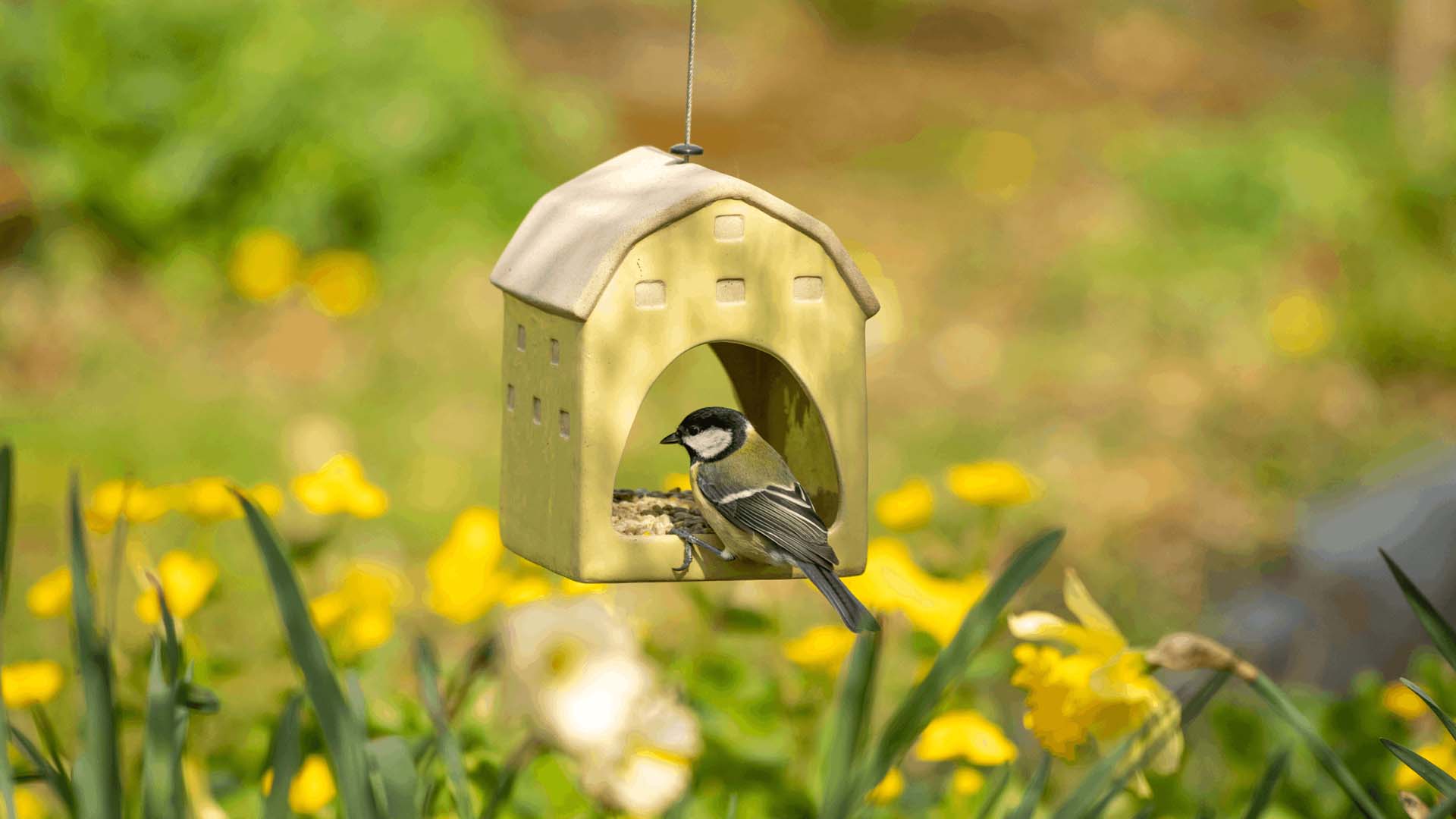
There are many ways we can attract wildlife to our outside spaces, from not mowing our lawns as much, to growing butterfly-friendly plants . But when it comes to our feathered friends, sometimes our best intentions can accidentally lead to bird-feeding mistakes – from using the wrong food to not cleaning their feeders.
We’ve spoken to experts to reveal the common bird-feeding mistakes you’re probably making. But there’s good news: there are simple ways you can make your garden a safer place for birds. We’ll tell you how.
Dirty feeders cause disease to spread
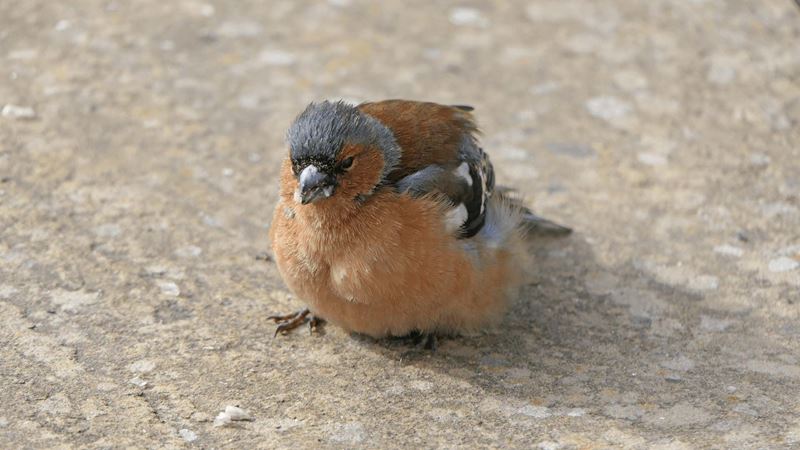
Findings from the RSPB Big Garden Birdwatch reveal that a parasitic disease called trichomonosis is decimating our bird population. Bird food, feeders and drinking water in our gardens are contaminated with this disease. Birds badly affected by it, such as greenfinches and chaffinches, are in decline as a result.
But there are things we can do to combat it. “Remember to clean your feeding stations regularly, as this is something that is often overlooked,” says Dani Hawkins from CJ Wildlife. “Many parasites thrive on filthy feeders, including trichomonosis. So, feeders need to be cleaned to ensure that bacteria doesn’t mount up and make our birds sick.”
Helen Moffat of the RSPB advises people to clean bird feeders once a week. “Use a mild anti-bacterial cleaner, such as washing-up liquid, and nothing as harsh as bleach-based products,” she adds. “There are some purpose-made cleaners out there too. Save cleaning equipment to use just for this job and do it outside where possible – anything you can do to make the process as hygienic as possible.”
The RSPB also advises that if you see sick birds where you are feeding, temporarily stop feeding for at least two weeks and leave bird baths dry.
Not sure what a bird sick with trichomonosis looks like? The RSPB says that signs may include fluffed-up plumage, laboured breathing and lethargy (the bird might not fly away if you approach, for example). Birds with trichomonosis might also regurgitate food and have difficulty swallowing. They may have a swollen throat or stretch their necks in discomfort. The RSPB says finches may have matted, wet plumage around the face and beak, and uneaten food in and around the beak. Visit the RSPB website for further information if you’re concerned.
Little and often is best
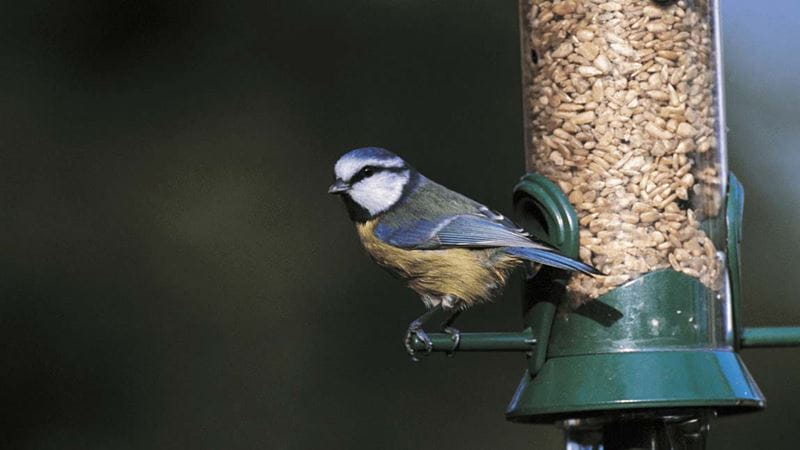
Another way to reduce the risk of bird disease spreading is eliminating the build-up of food waste.
“It’s better to put food out little and often,” says Helen Moffat from the RSPB. “The issue around overfilling is that food can go off, particularly in hot or wet weather. You don't want to put out vast amounts unless you know your garden birds are going to eat it all fairly quickly.
“When birds need lots of energy for nest-building and then to feed broods, you might find that your feeders are emptying almost as quickly as you can fill them, in which case, fill them right up.”
She adds that if you are just starting to put food out, birds can take a while to find new sources, so put out smaller amounts until you find the right level that works. It’s also wise not to leave food out overnight, as this can also attract rodents to your garden.
The RSPB advises to feed birds all year if you can, especially as feeding birds in the spring and summer may help them to raise their chicks more successfully. But you can adjust the amount you put out. The birds might need less food in summer, autumn, and even early winter, when there are seeds and berries.
If you're going to feed peanuts, make sure they are in a rigid mesh feeder, as large pieces of nut can choke baby birds. Avoid putting fat out in the summer months, as fatty foods can go off in summer and birds don’t need high energy food as much when it's warmer.
Keeping an eye on local and regional weather conditions can help you decide how much food to put out. “While people often put out seed mixtures for birds in winter, food shortages can occur any time of the year,” Rob Stoneman, director of landscape recovery for The Wildlife Trusts, tells us. “Extreme weather, which has caused drought and wildfires in some summers, affects food sources for lots of animals – including birds.”
Bread can lead to malnutrition
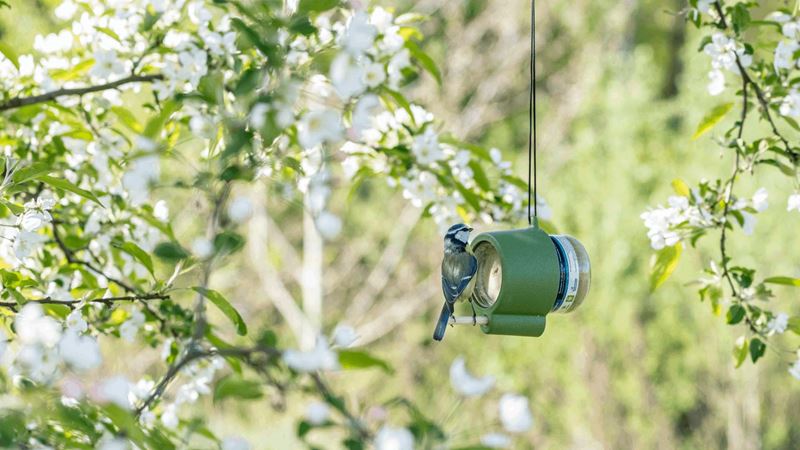
We’ve probably all been there. Rather than throwing stale bread away, we’ve broken it up and thrown it out for the birds. But regularly feeding bread to birds can lead to problems for them. “Bread is high in carbohydrates, and therefore does not provide the right balance of nutrients that birds need to thrive,” says Dani Hawkins of CJ Wildlife.
“Garden birds require a protein-rich and high-calorie diet. Ideally, they should be eating a combination of insects such as mealworms, seeds such as sunflower hearts, peanuts and fat.”
Hawkins adds that while bread isn’t directly poisonous, too much of it can act as an “empty filler”. This means that over time it will leave birds suffering from conditions associated with malnutrition.“Unfortunately, once malnutrition has set in, it can be incredibly difficult to reverse the effects.”
Bread also contains considerably fewer calories than birds need to survive. Hawkins says that they may not have enough energy to stay warm during winter, sustain young chicks or evade predators. “A chick with a stomach full of bread can freeze to death overnight.” Don’t panic, though, as much of the damage done by bread can be reversed if you change your bird-feeding habits.
The best food for birds is specially formulated with our feathered friends in mind, says Hawkins.
A bird bath is important for their feathers
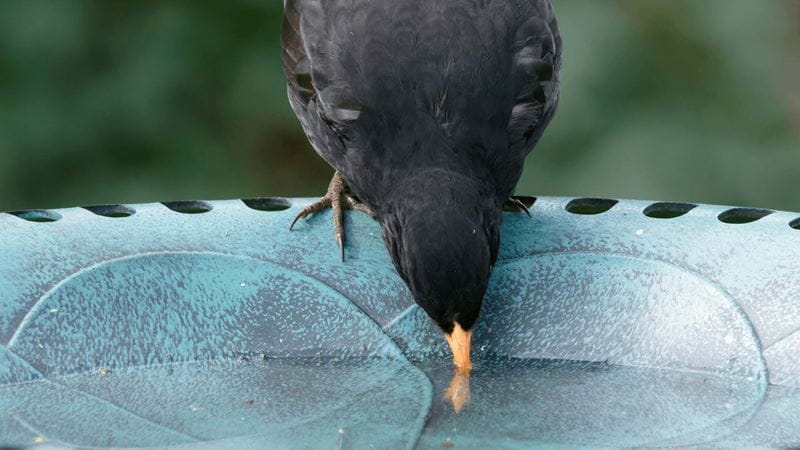
Watching birds splash about in a bird bath will bring joy to just about anyone. Bathing regularly helps birds to keep their feathers clean so they can keep flying properly. But providing fresh water is more important than you might think.
Helen Moffat from the RSPB says a big bird-feeding mistake people often make is forgetting to put out fresh water for the birds. “Birds need to drink and bathe daily – especially in hot weather,” she says. “So fresh water can literally be a lifesaver in the summer.”
It’s important to also keep this water clean – change it every day and make sure you don’t site it too near your feeders, as it could become contaminated with food. It’s a good idea to give the bath itself a good scrub regularly too, especially if it receives lots of visitors.
Birds need protection and cover
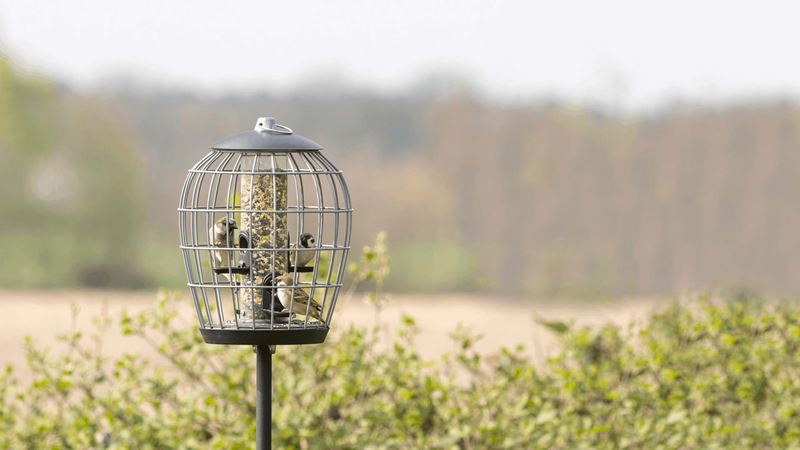
If space allows on your property, it’s useful for birds to have a safe place to feed from (and bathe!) comfortably.
“Birds like cover,” says Helen Moffat at the RSPB. “So put your feeders near to areas where birds can quickly flit back and forth.”
If your garden is also visited by lots of neighbourhood cats, then consider how close they can get to the birds, too. “It's important to put bird feeders in places where birds feel safe from predators, so make sure they aren't too low,” says Stoneman.
One major grass-cutting mistake people make is mowing their lawns too short. The Wildlife Trusts encourages people to let their grass grow long in spring, which will help provide habitat for insects – a vital food source for birds. “Building a pond is also a brilliant way of helping wildlife at home and even the smallest water feature can be transformational for birds, bugs and small mammals,” adds Stoneman.
The Wildlife Trusts and RHS have a joint website, which encourages gardeners to reimagine their lawns and help wildlife. For more information, visit wildaboutgardens.org.uk
Different species have different needs
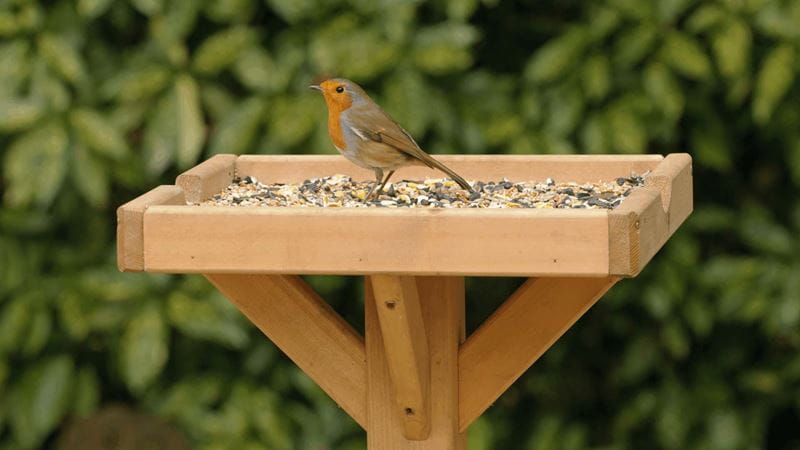
Not all birds feed in the same way, so your best efforts at nurturing your feathered friends might not be as successful as you’d hoped.
“Ensure that you use the correct type of feeder for the birds in your garden, or that you want to attract to your garden,” says Hawkins. “Blackbirds and robins are ground feeders, and prefer tables or lower surfaces, whereas tits and sparrows prefer to feed from hanging stations. Setting up an array of feeders will help you care for a wide range of birds.”
There’s a quick window safety tip that could save millions of British birds from crashing into our houses each year. Simply get some special window stickers and apply them to the outside of your windows. The RSPB sell these attractive swift and swallow designs for just £8.
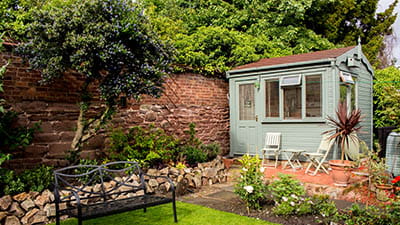

Do you have insurance for your outbuildings? Make sure you have the right cover for the structures in your garden.
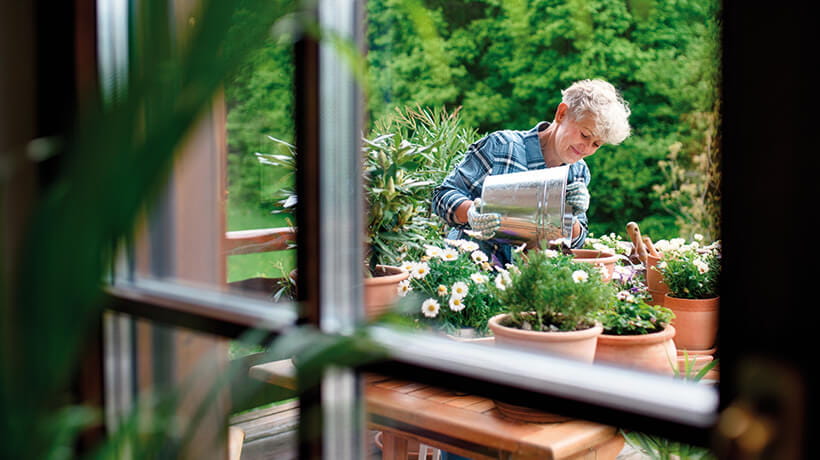
Saga Home Insurance comes with garden cover included. Find out what’s included and get tips to help secure your garden.
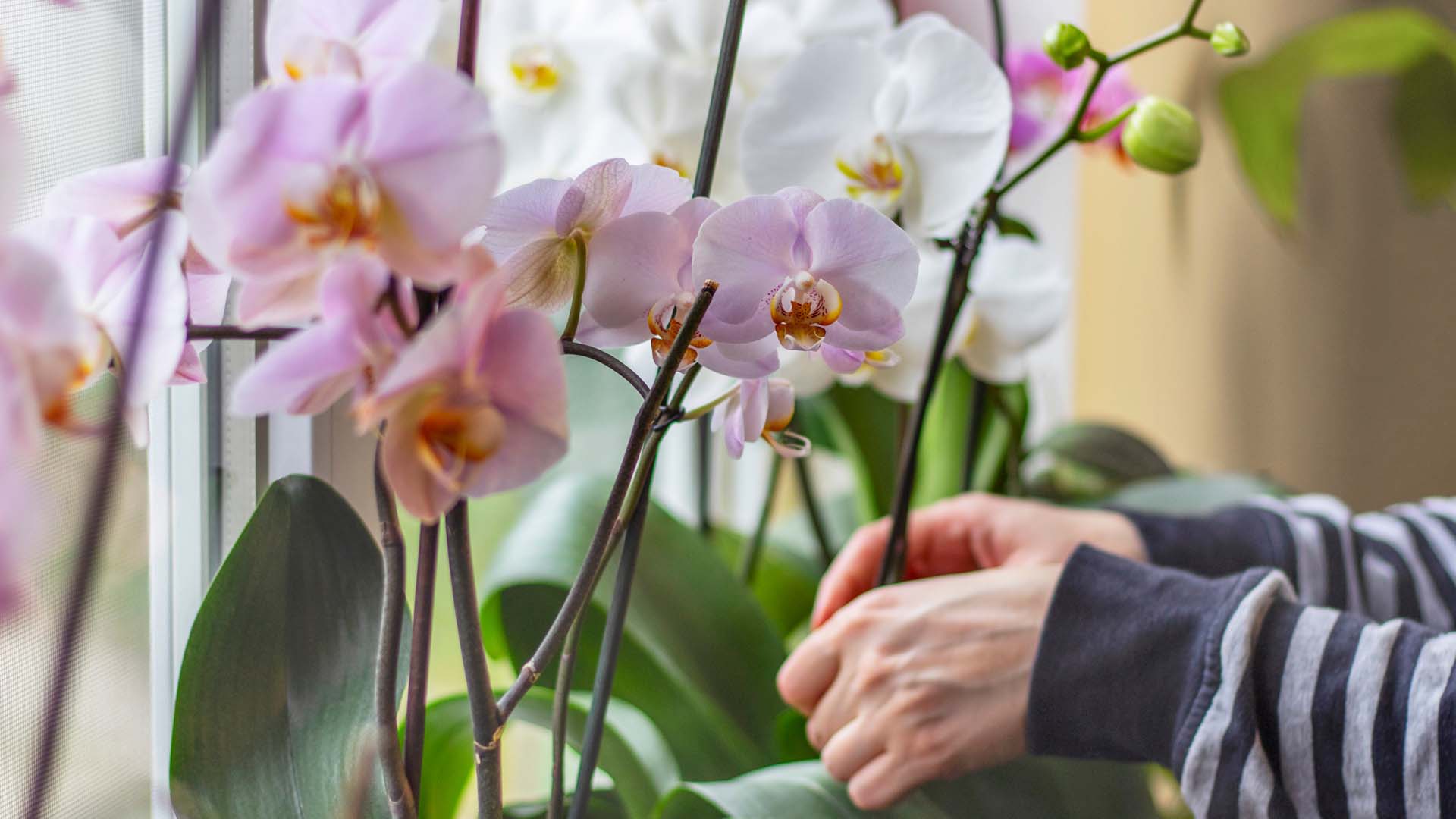
Our expert pruning and watering hacks include a top tip to keep them flowering from Alan Titchmarsh.

Don’t make these bird-feeding mistakes. Expert advice on how to feed birds in your garden safely.
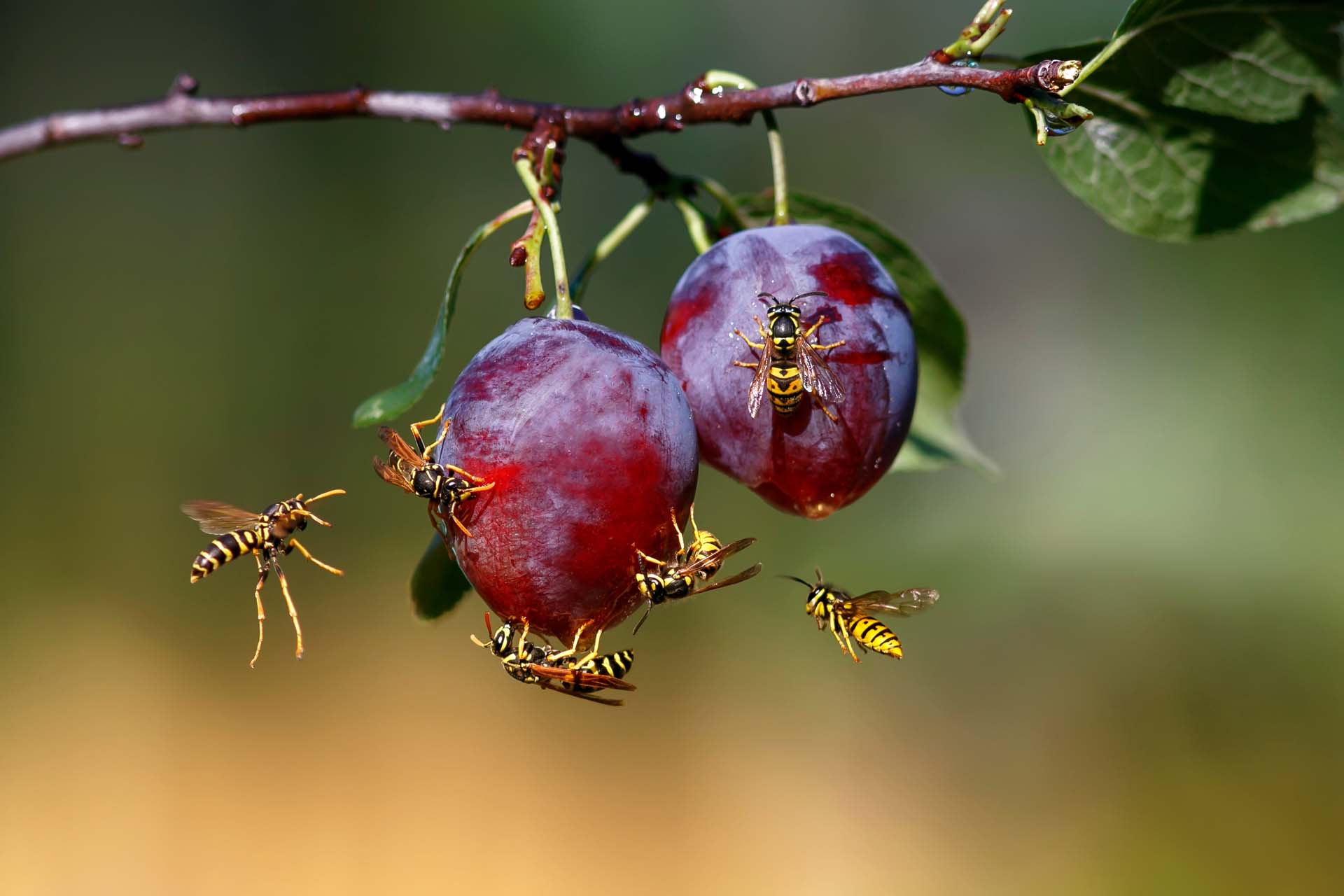
Blighted by buzzing? How to keep wasps out of your garden without harming them so you can enjoy the summer.
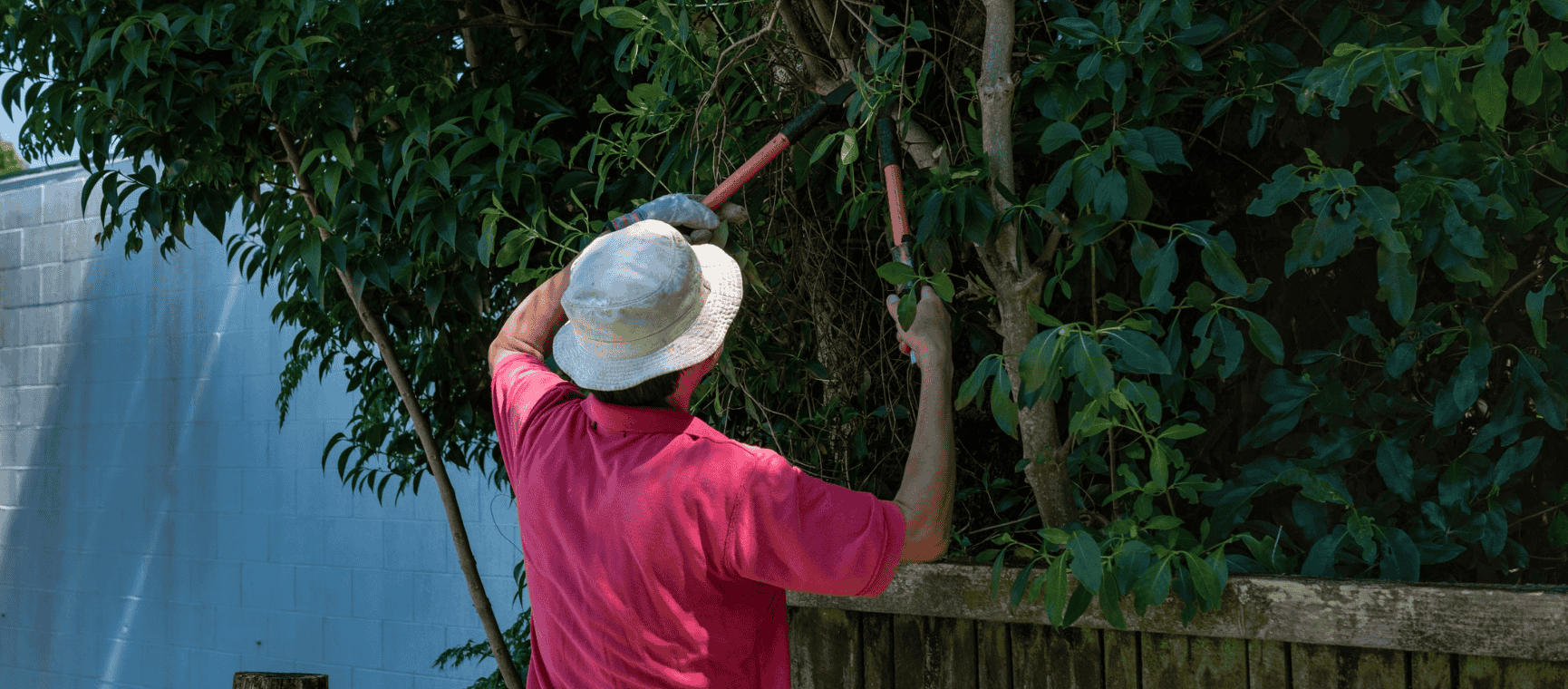
The ways you could be breaking the law in your back garden - with expert advice on how to avoid neighbour disputes, a fine or even a prosecution.
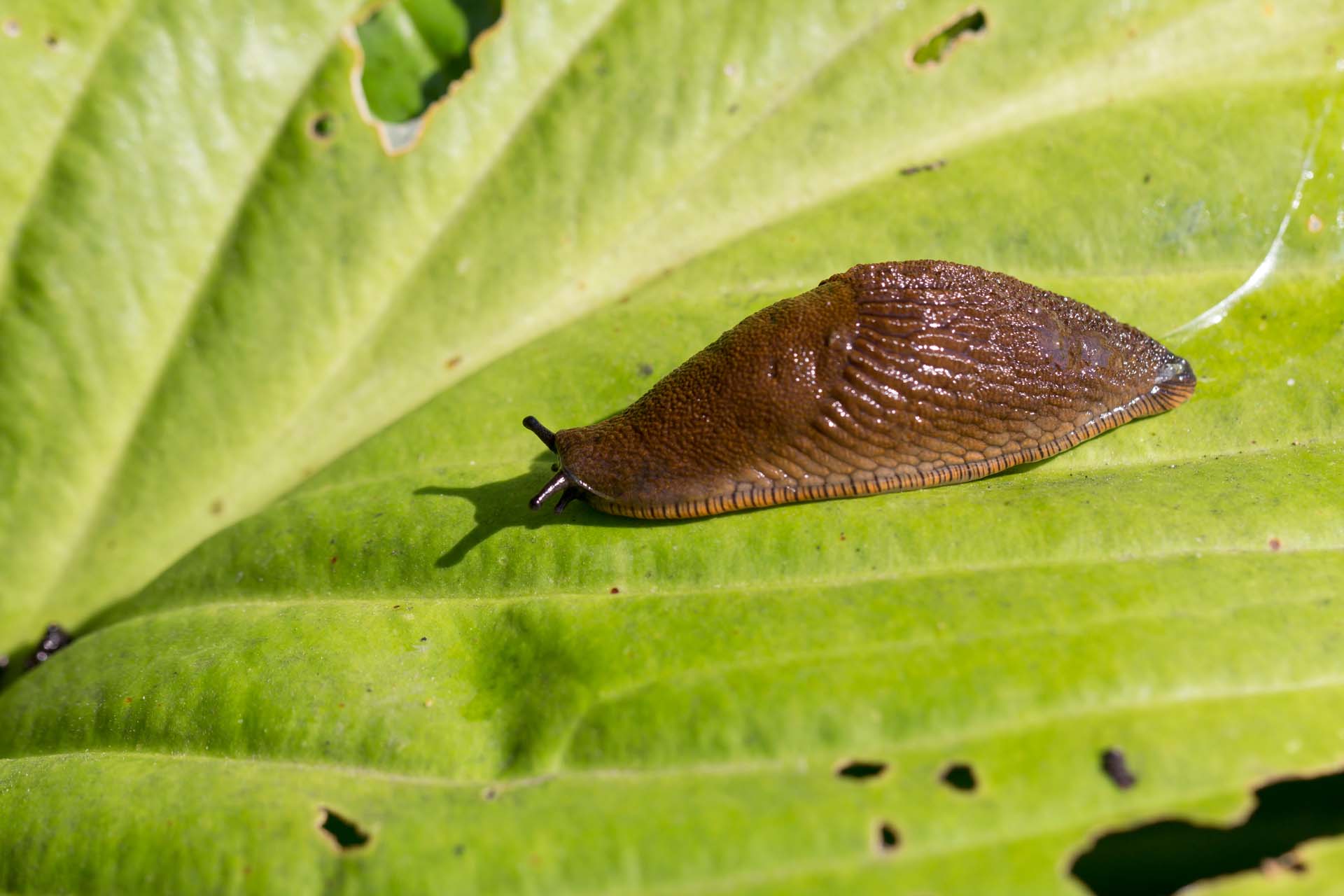
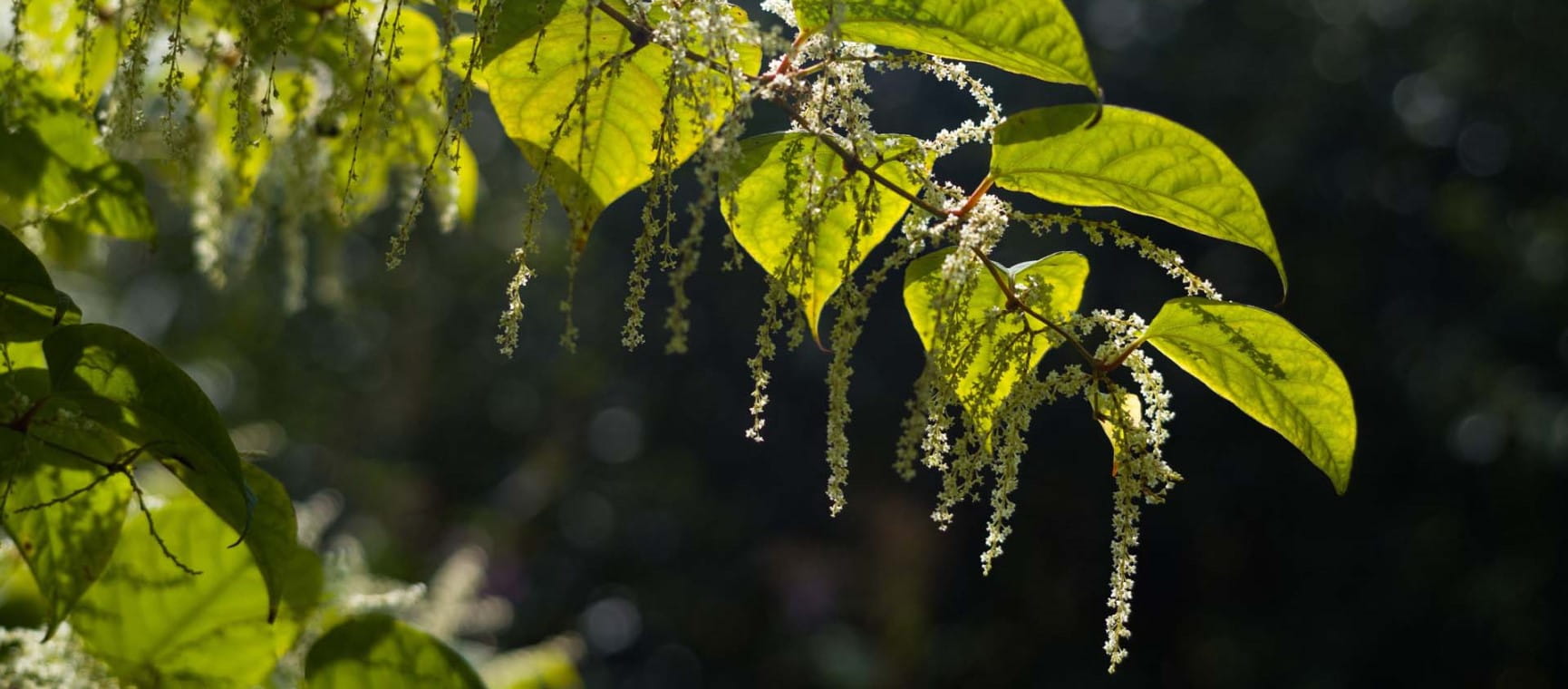
Everything you need to know about Japanese knotweed, the fast-growing plant nobody wants in their garden.